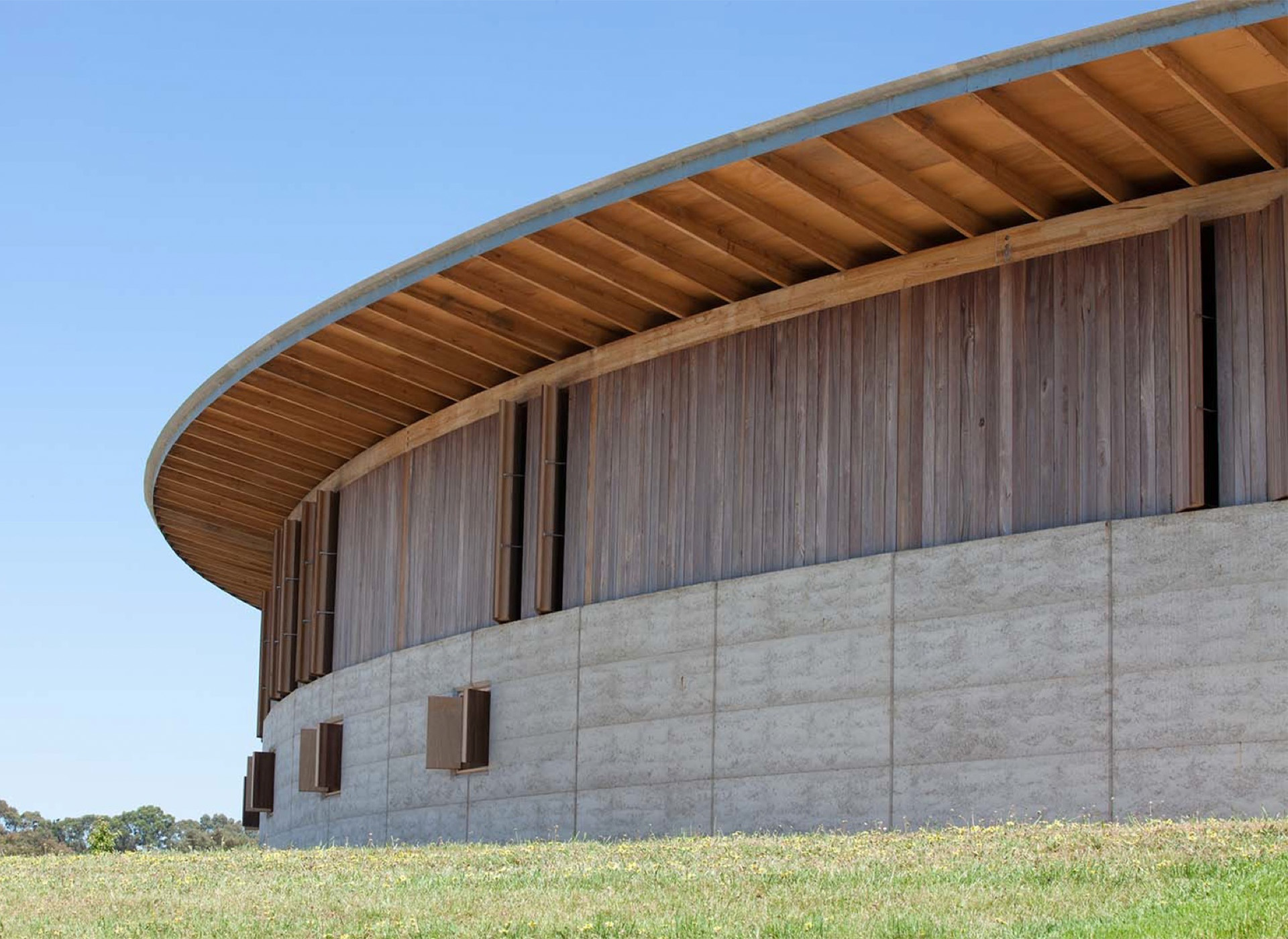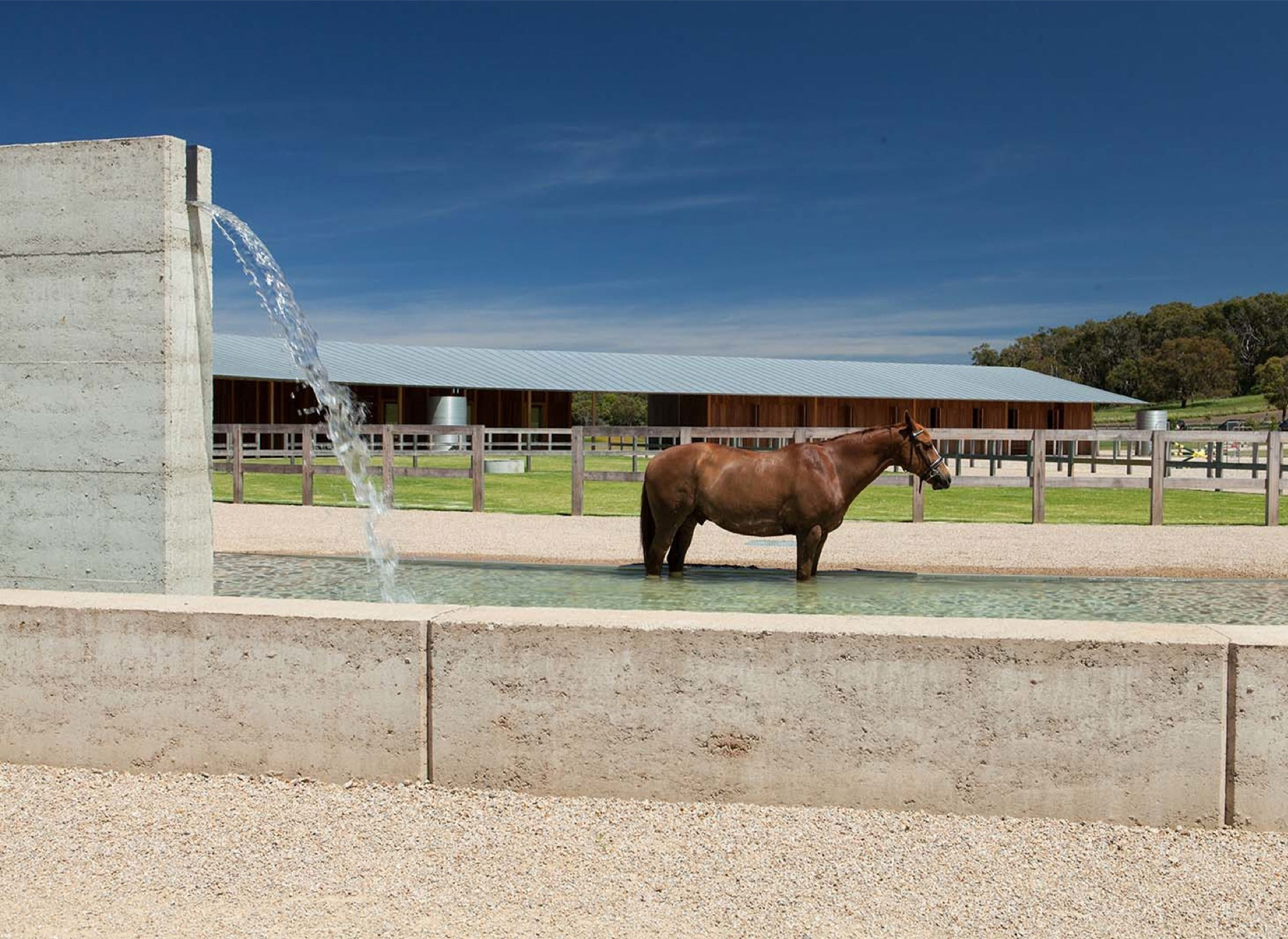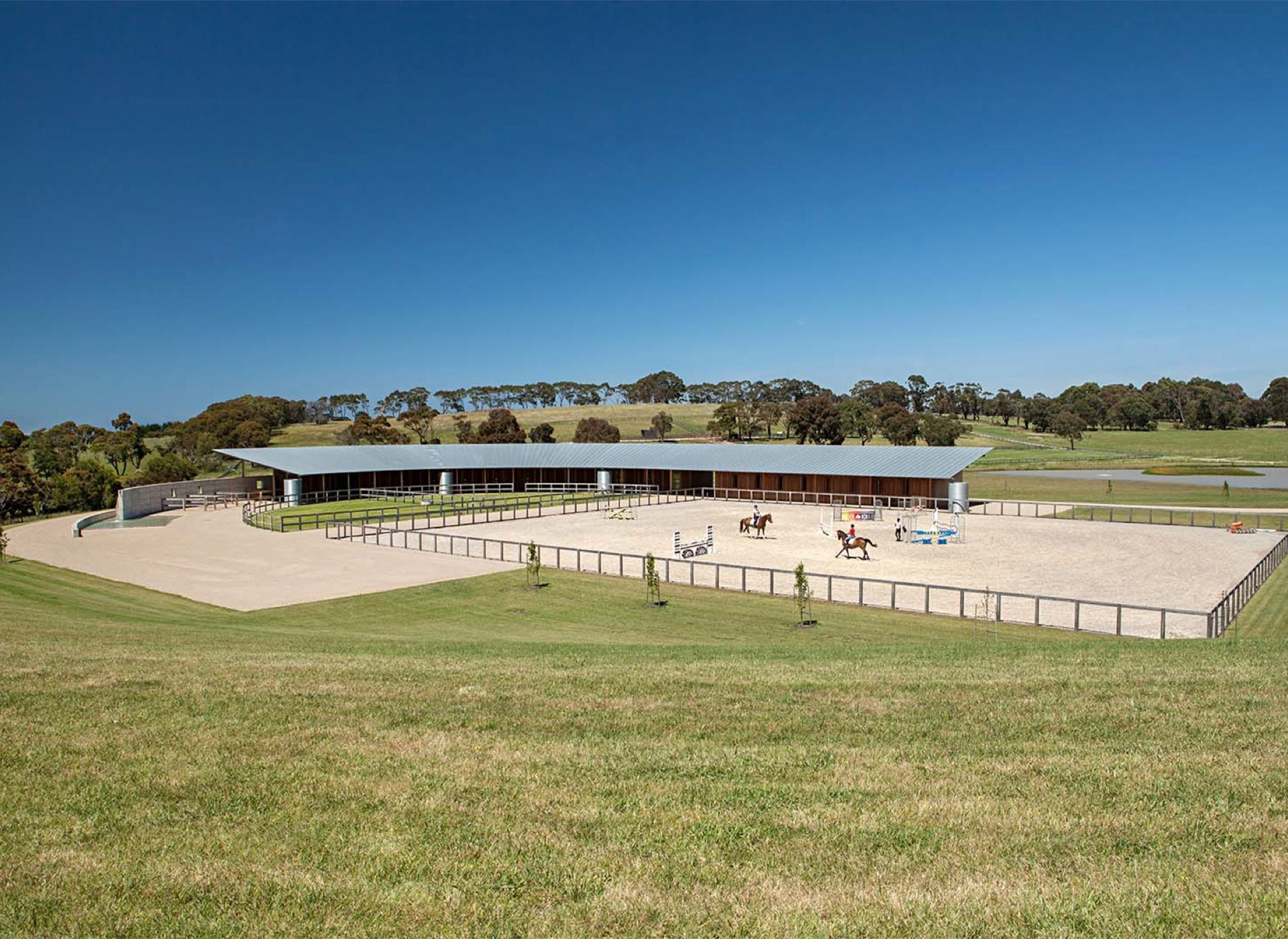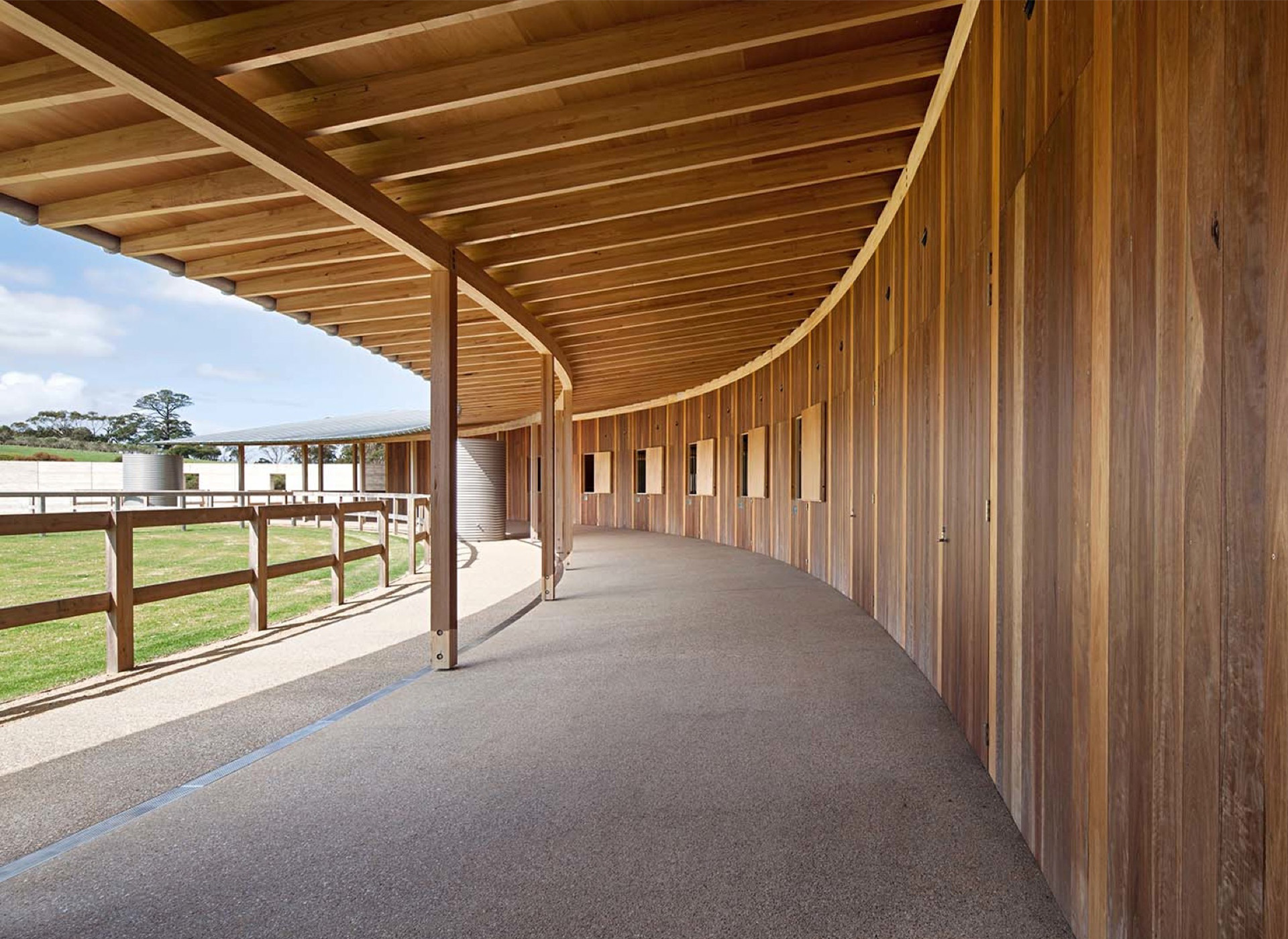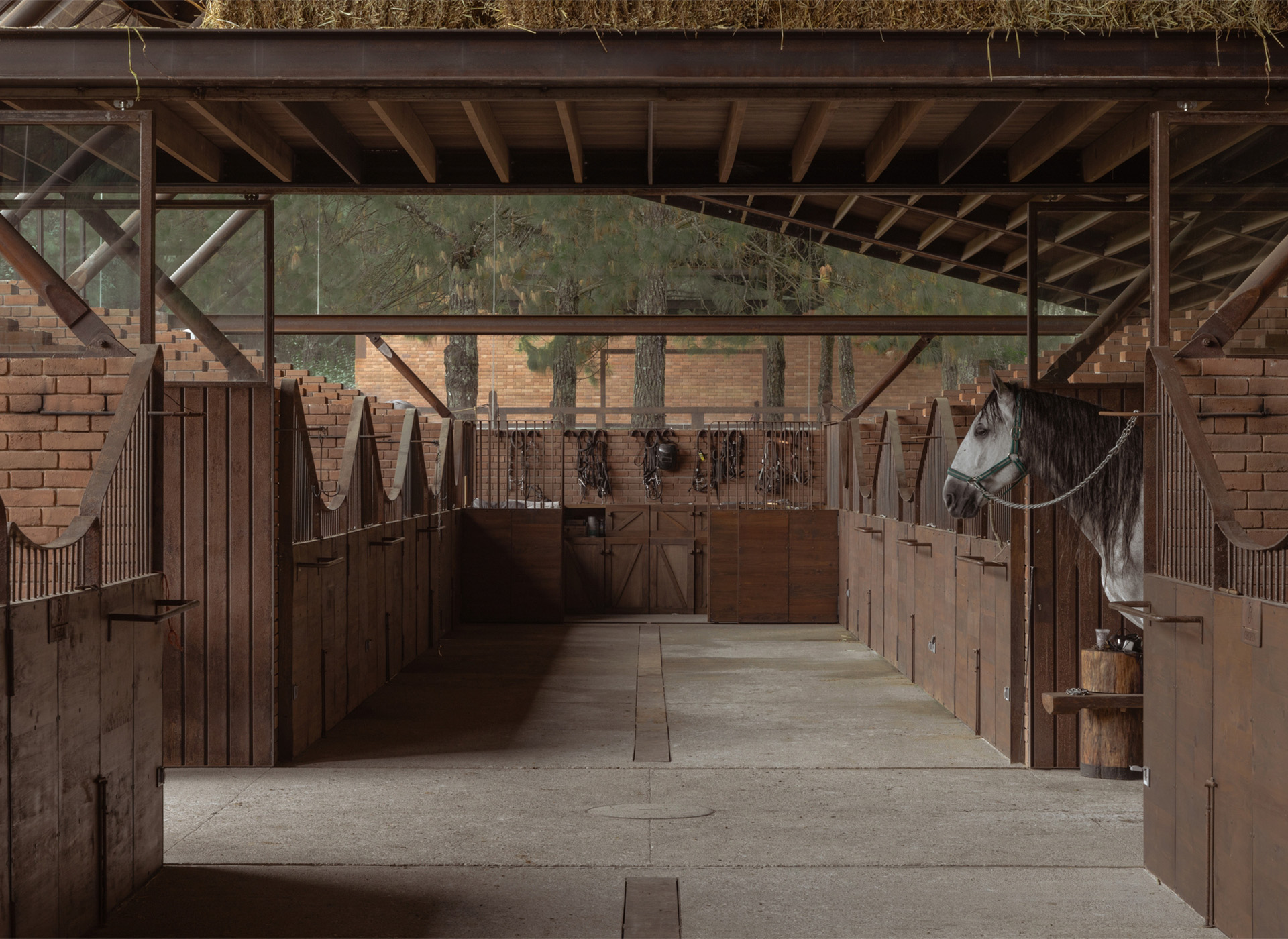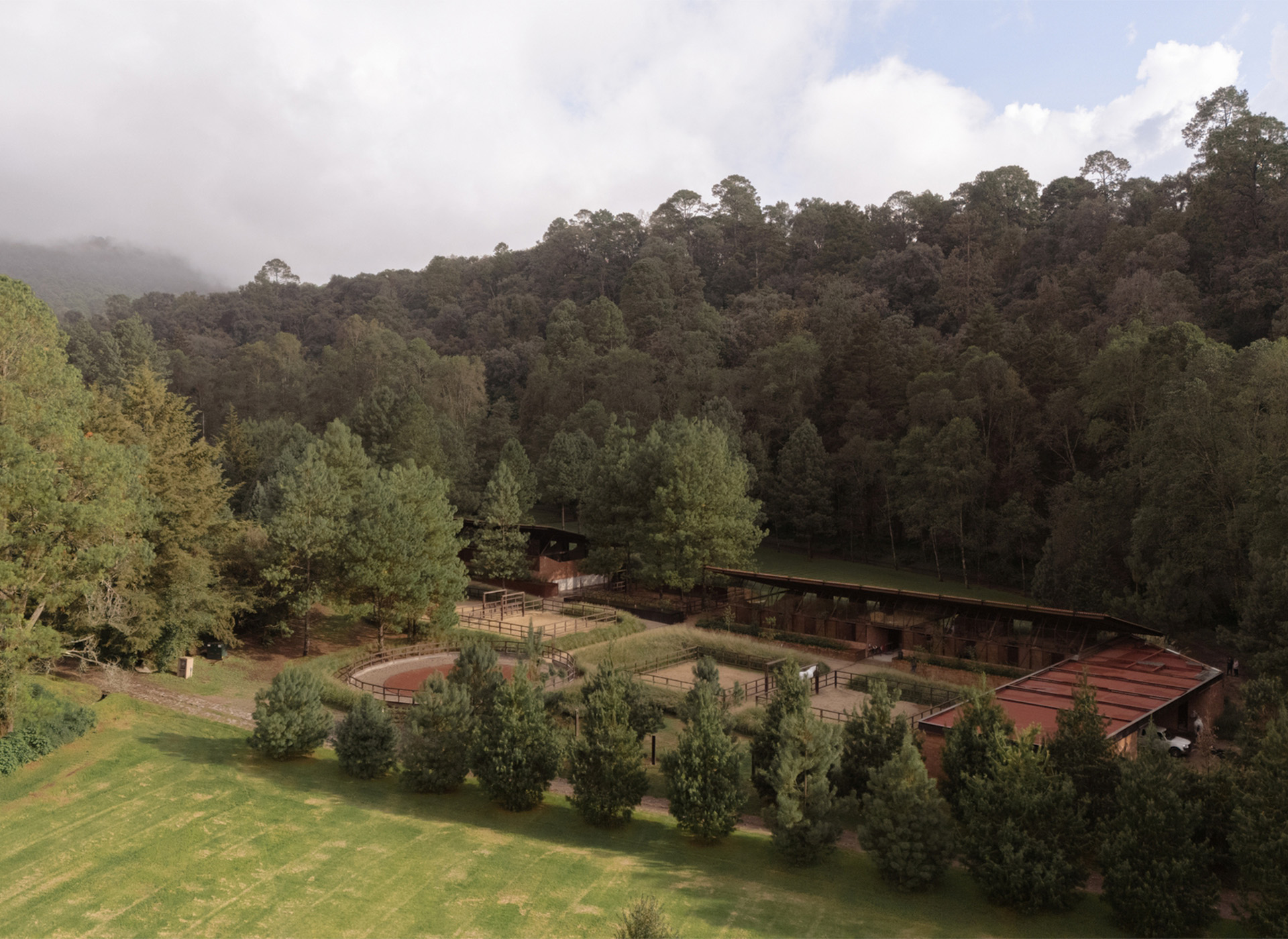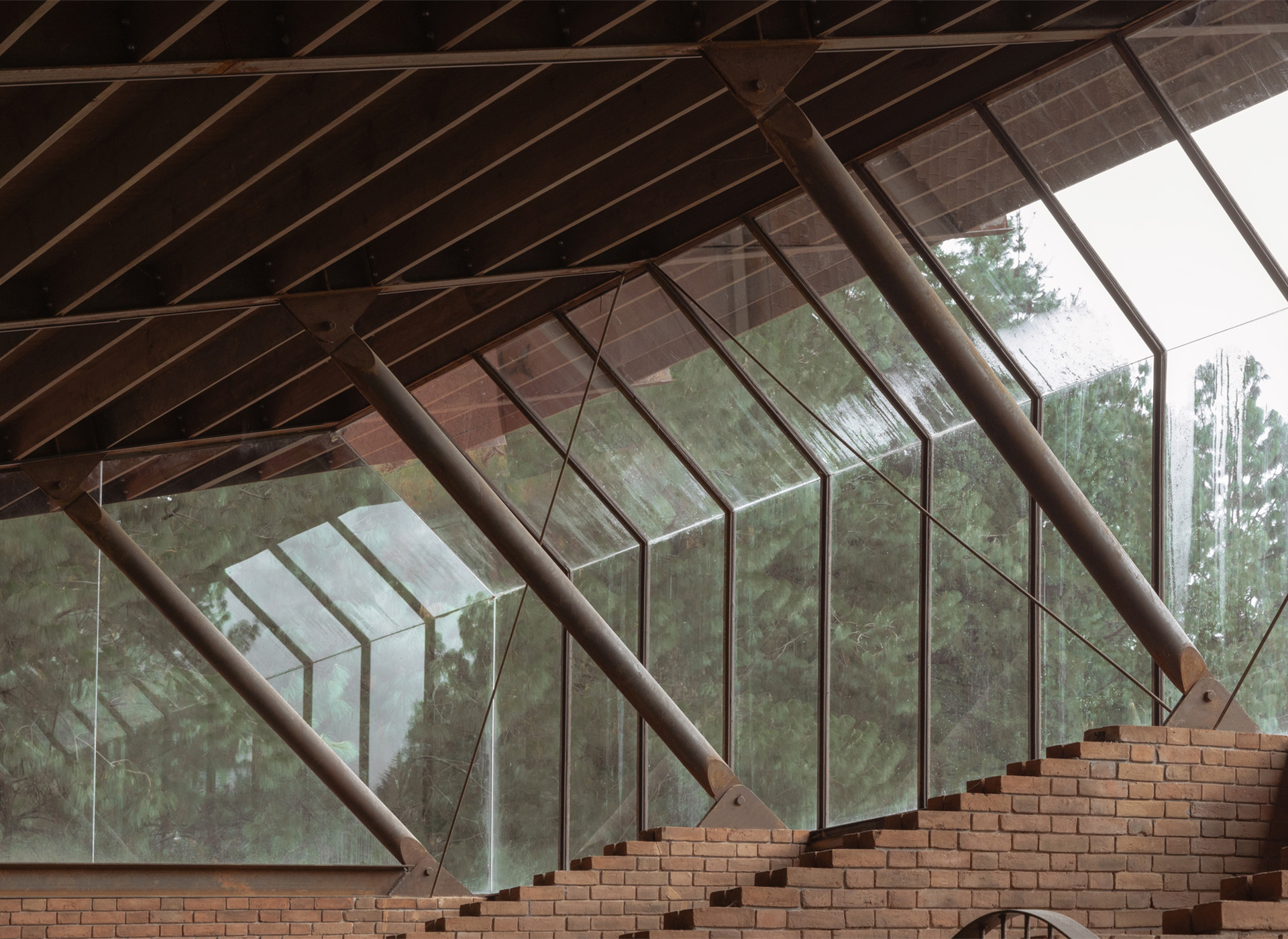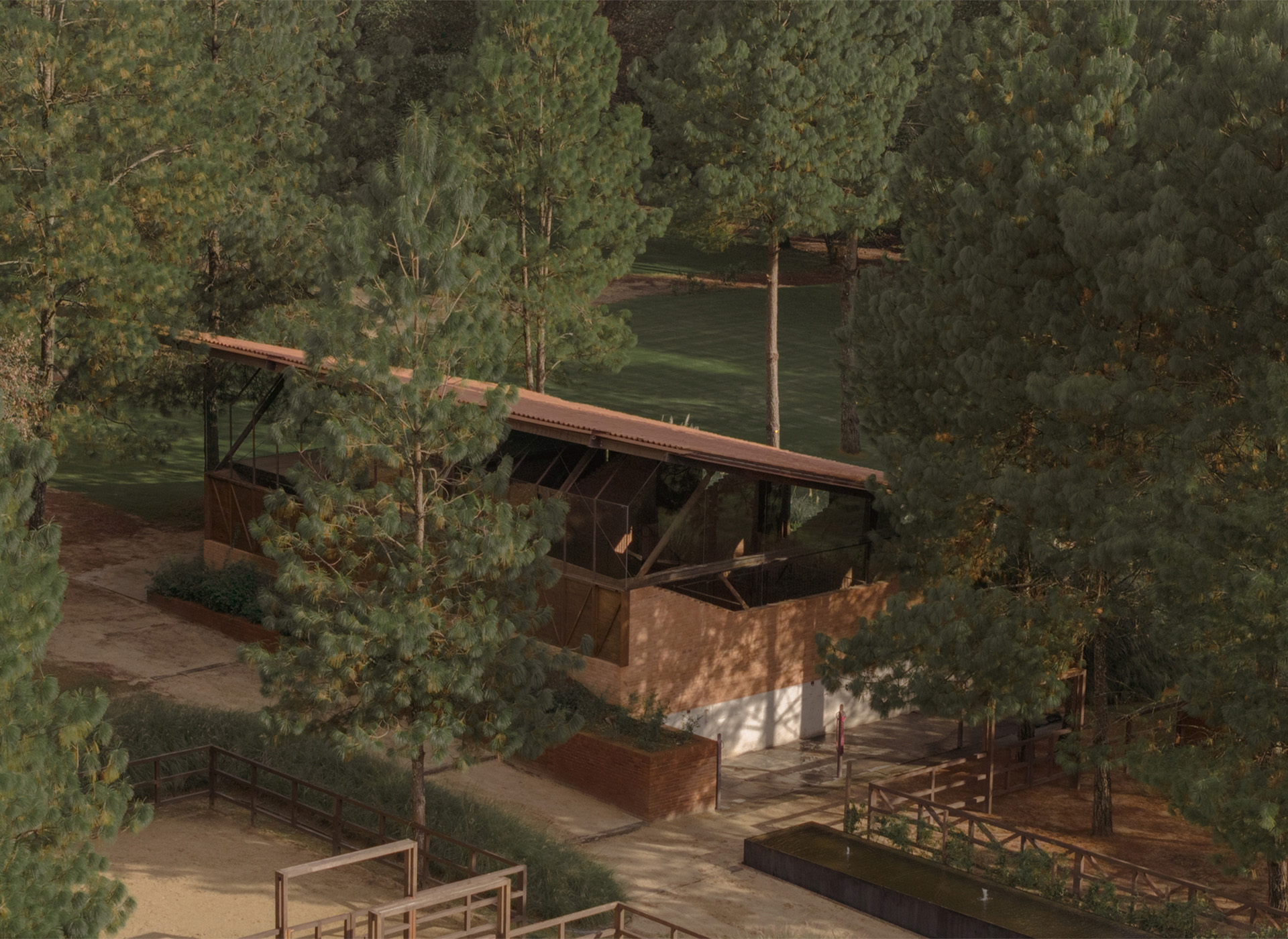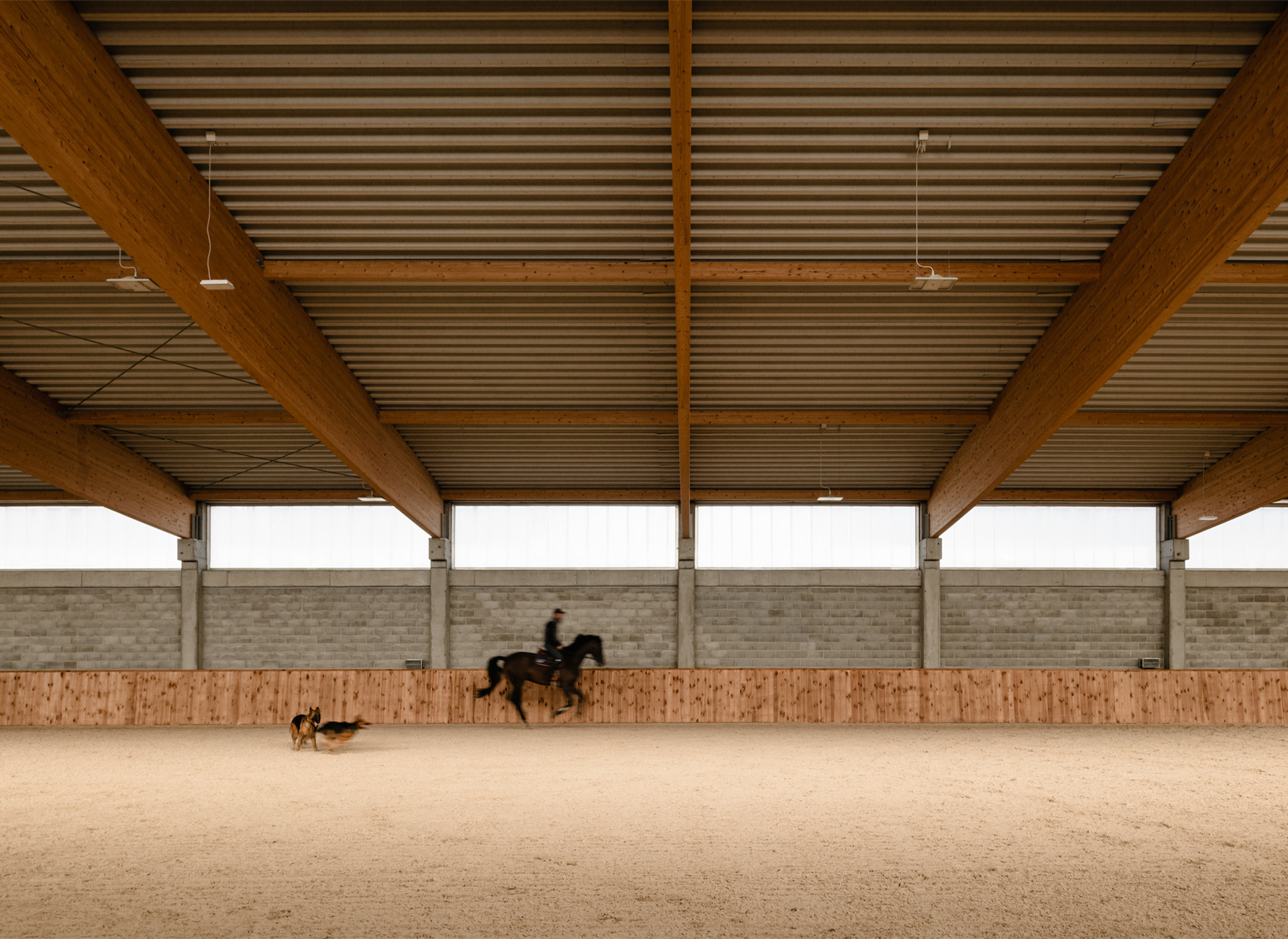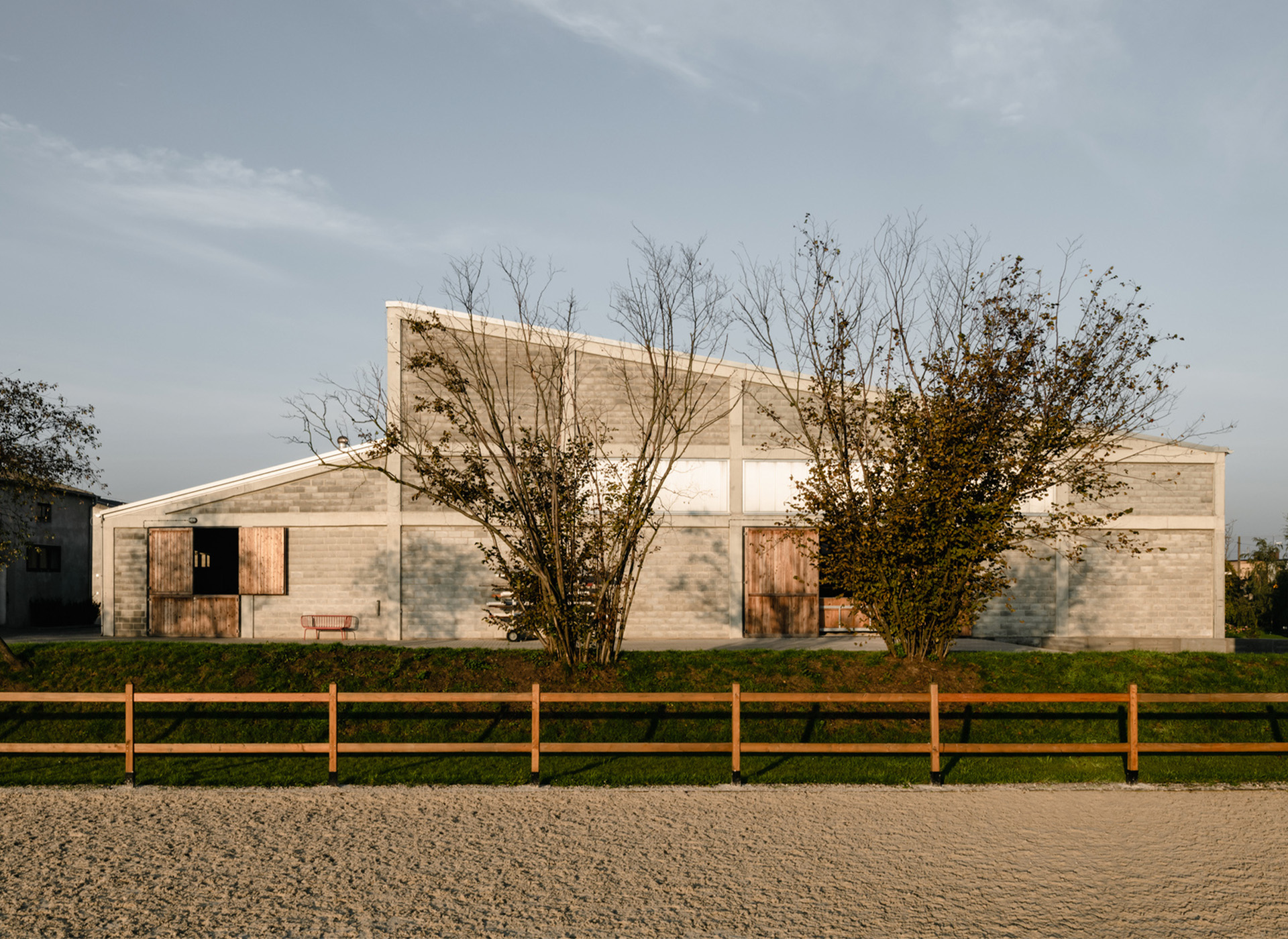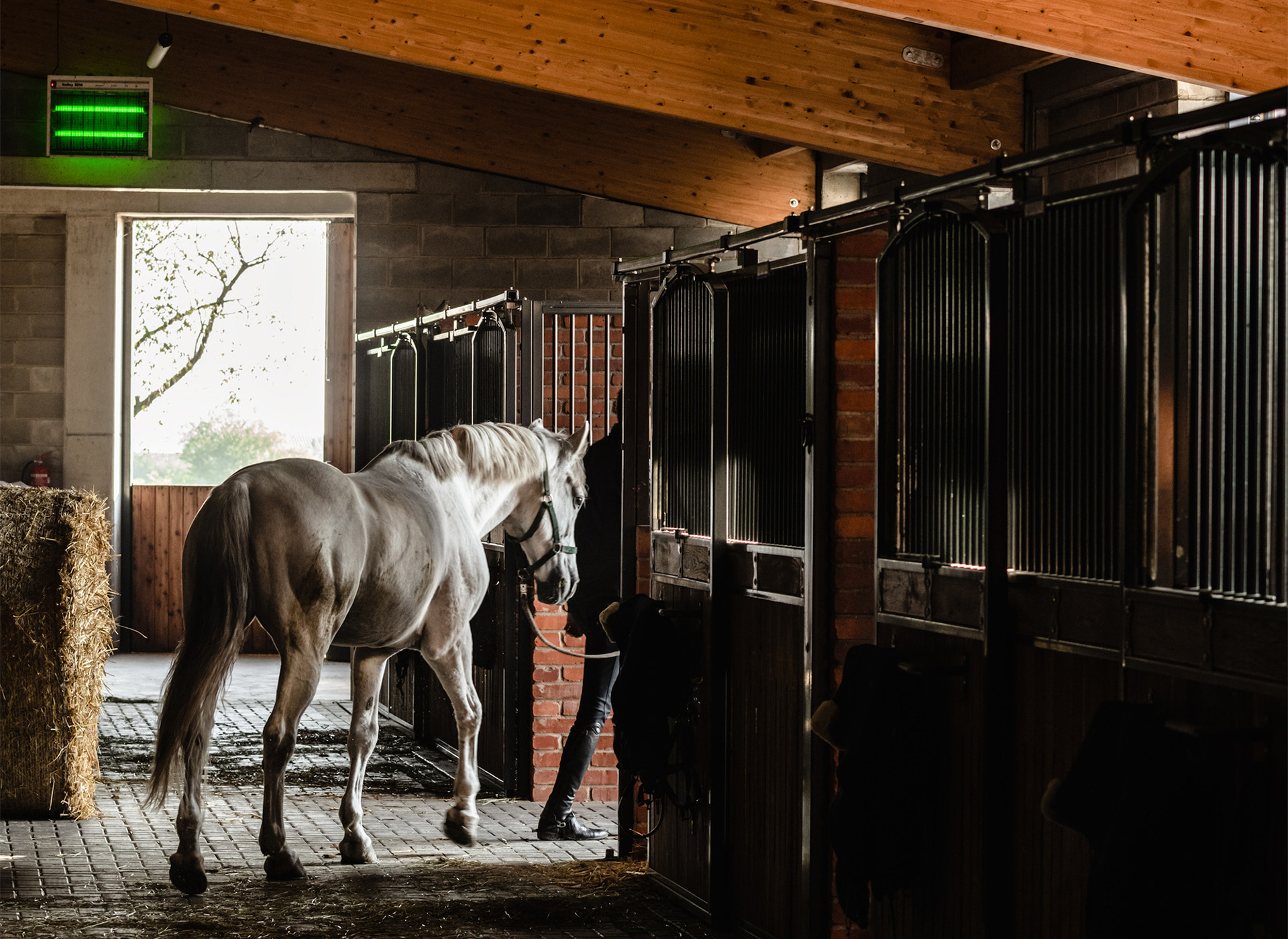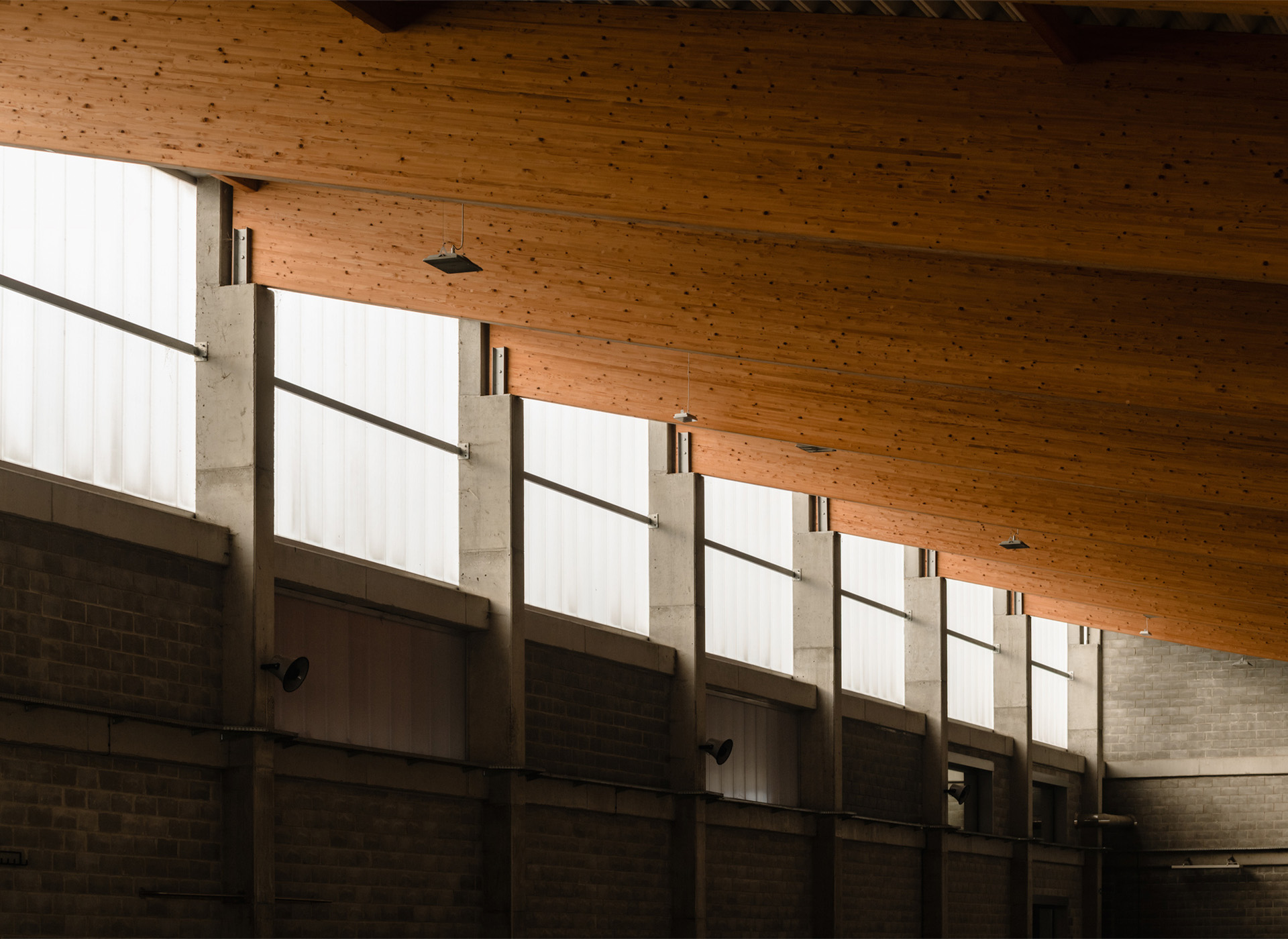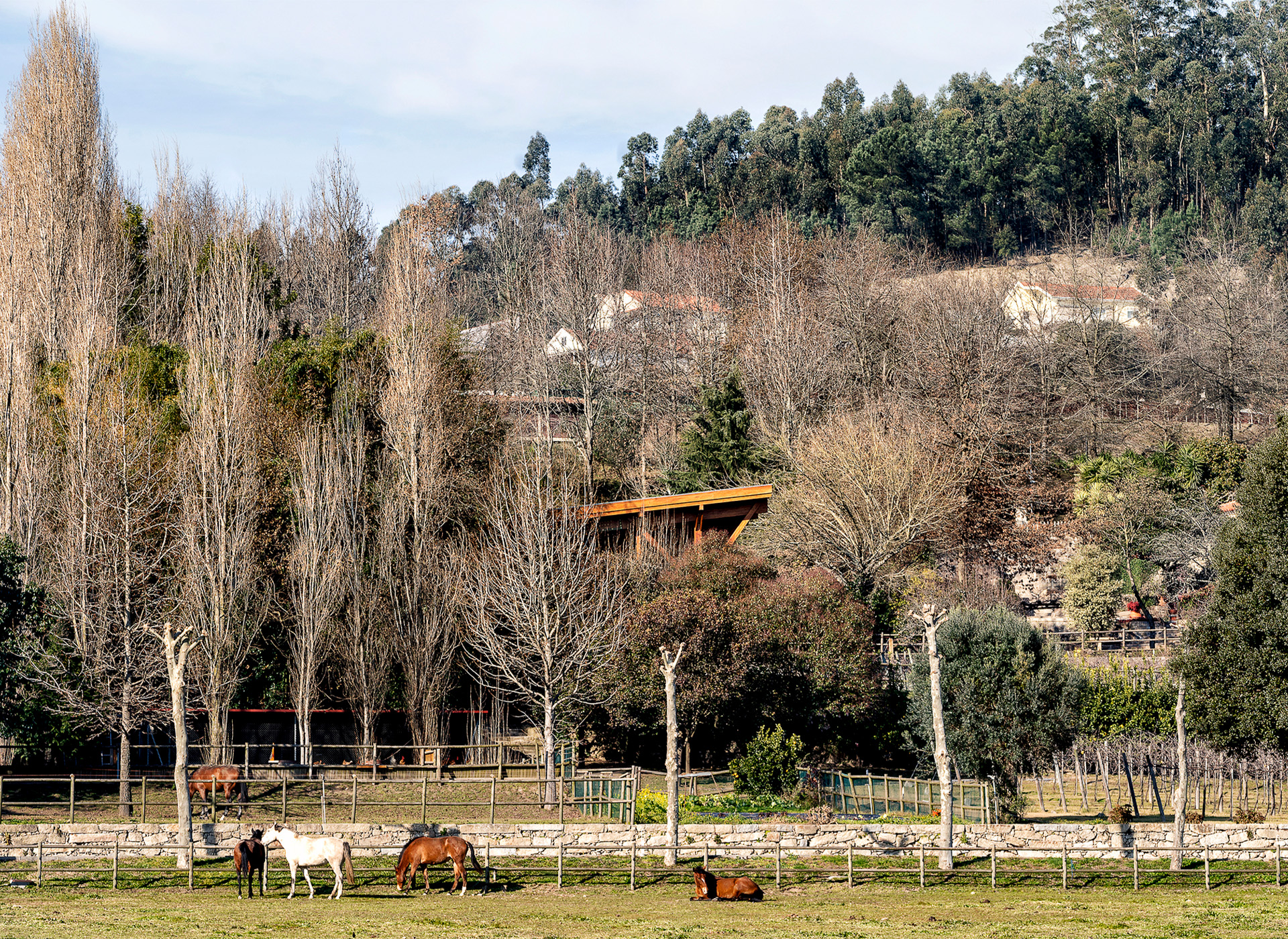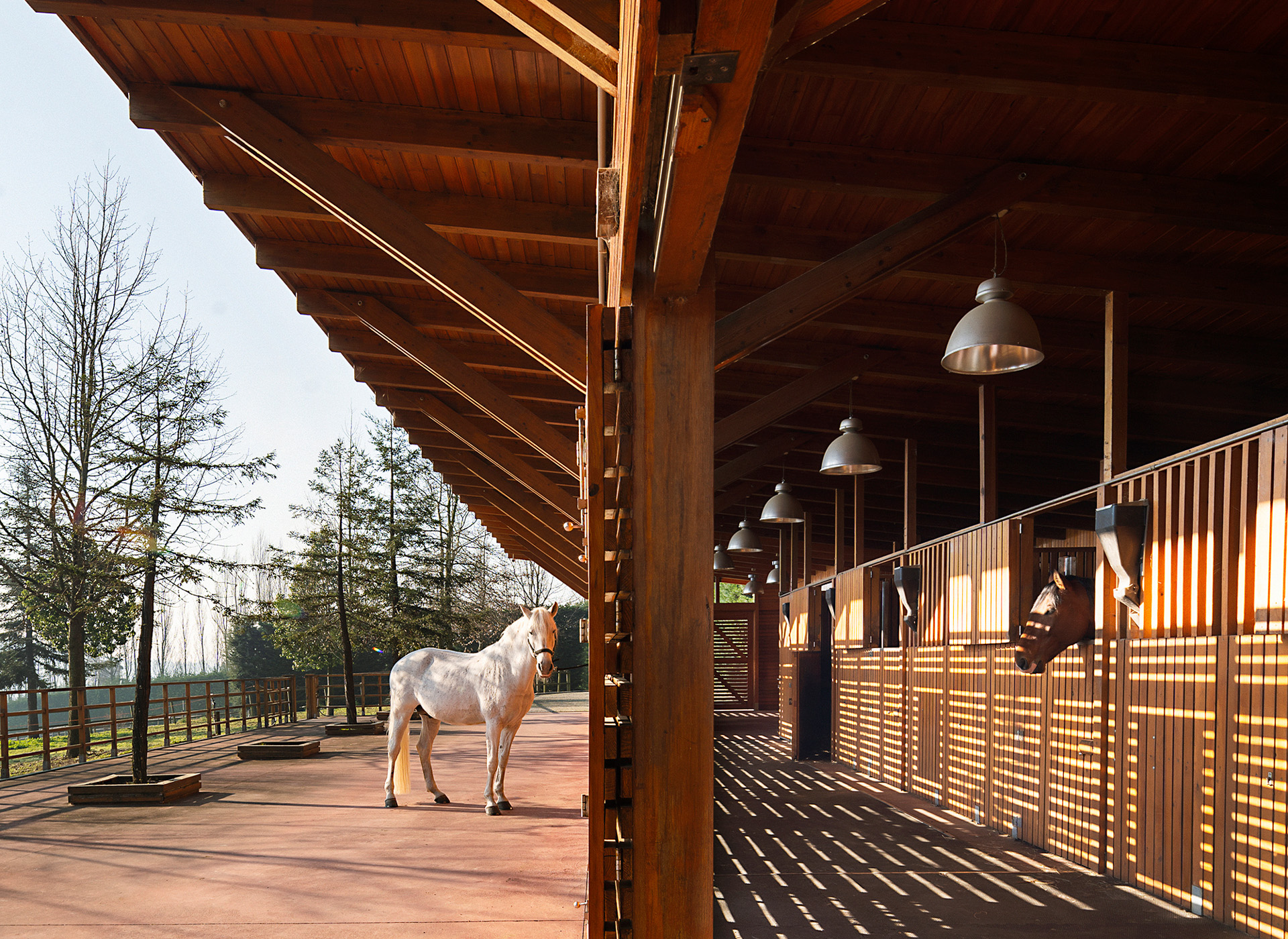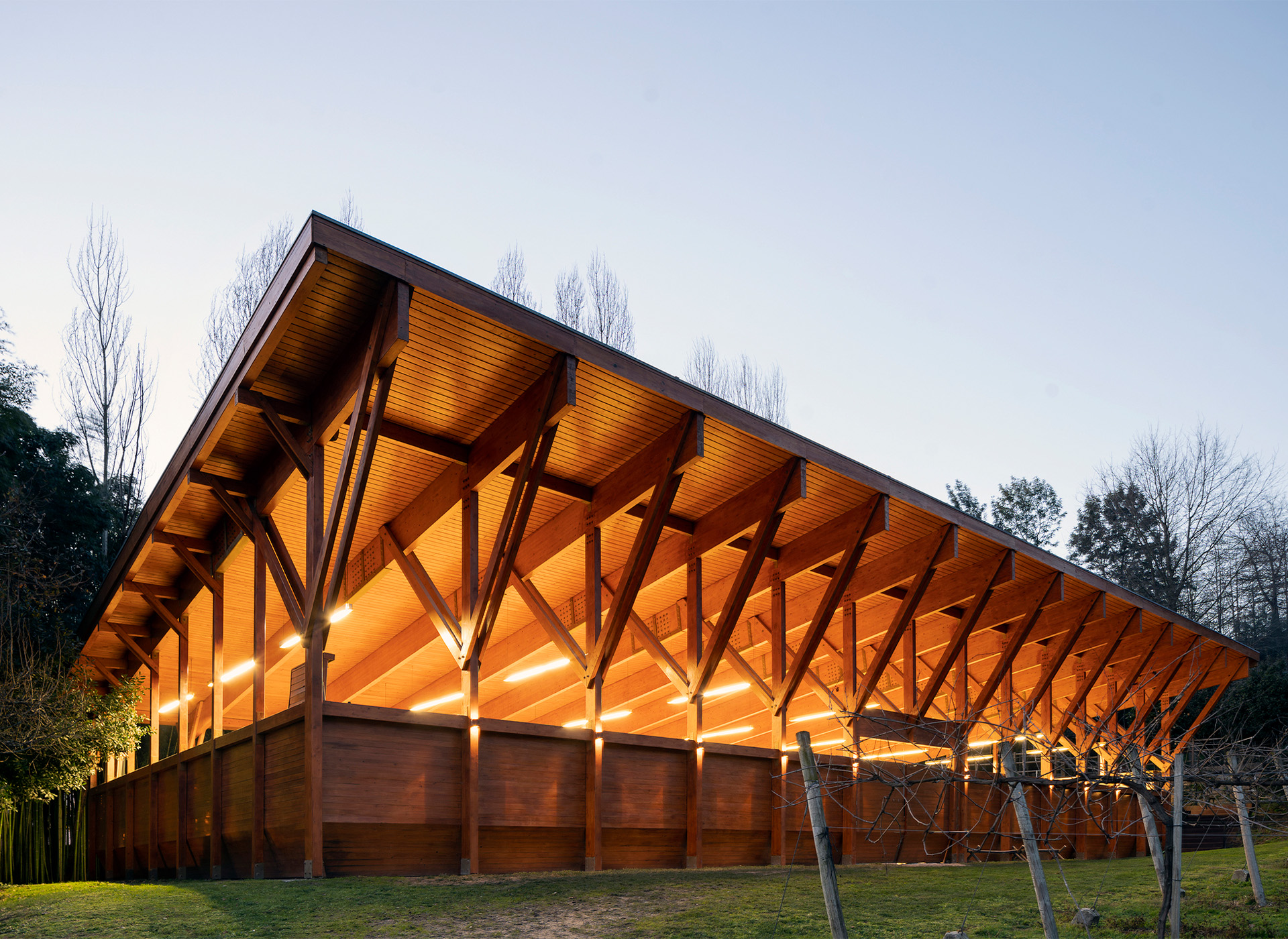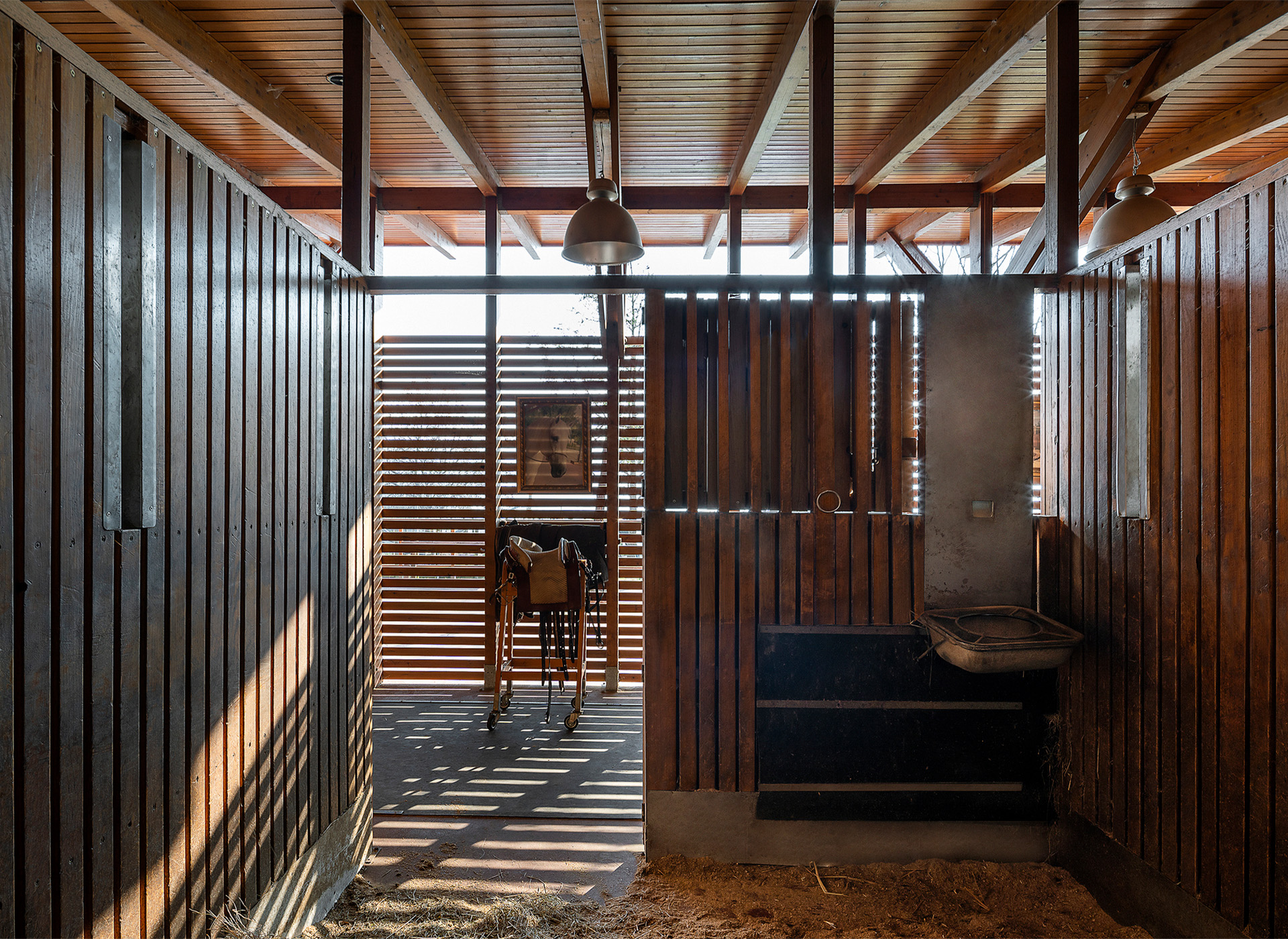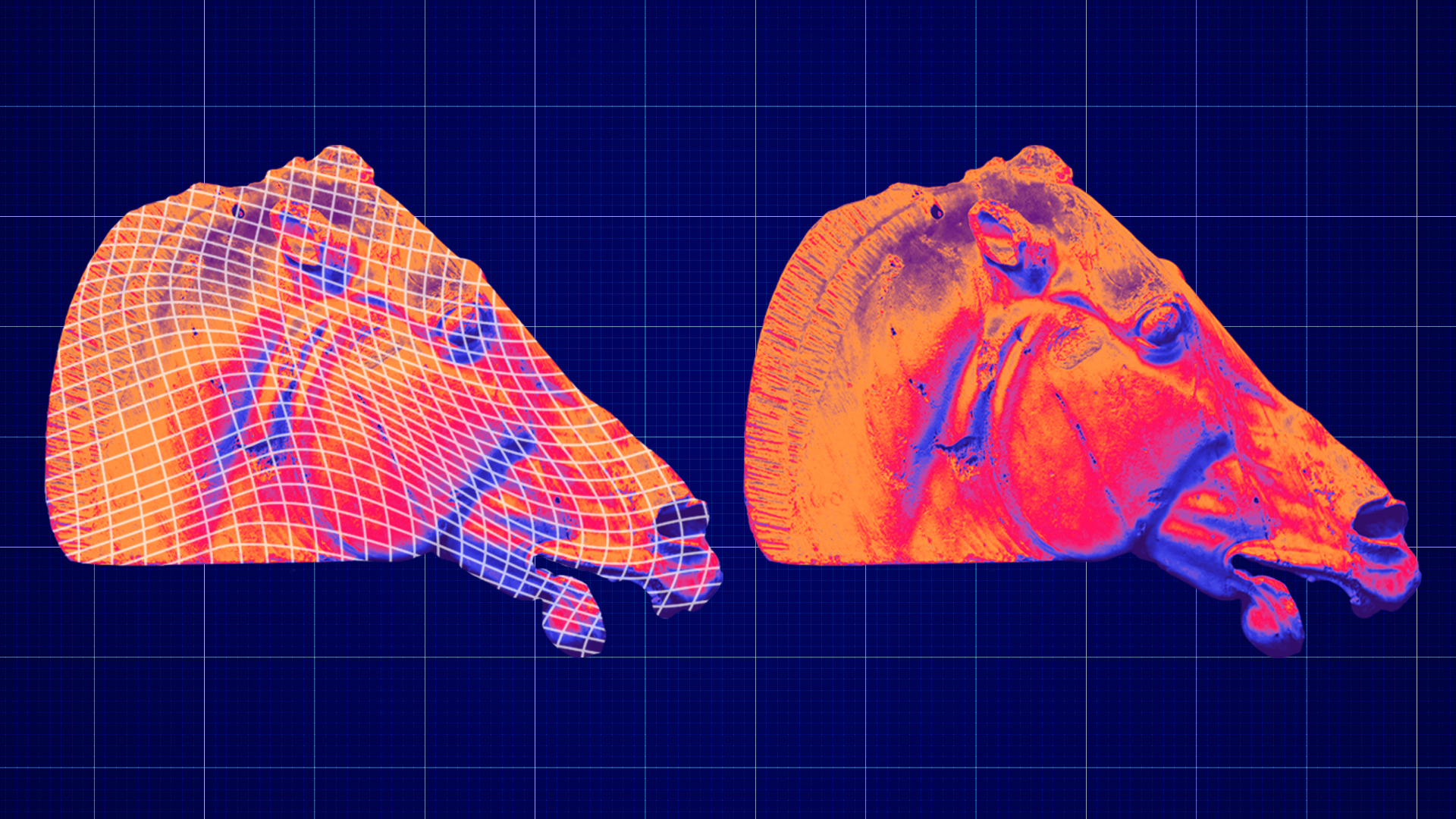
Photo of a horse in stables
From Olympic show jumping and dressage to Ascot and the Kentucky Derby, equestrian sports and events have become an international symbol of wealth, prestige and fierce competition. Which is often reflected in the high prices attached to equestrian properties.
While a modest house with a stable might cost a few hundred thousand pounds, it’s not unusual to see a training centre sold for several million. A stud farm, used for the selective breeding of livestock, could sell for £10m, restricting the list of potential buyers to horse-lovers with deep pockets.
“We deal with some of the world's richest people, including leaders of countries,” explains George Windsor Clive MRICS, director of independent equestrian property agents Windsor Clive International, who has over 40 years’ experience in the sector. “They are very competitive, they want the best and are prepared to pay very good money to get it.”
Super-wealthy buyers are rarely involved in transactions face-to-face however, instead “instructions are received from trustees and wealth managers, for which the saying, 'There is none so grand as a grand man's man' applies.”
At the other end of the scale are ambitious horsemen and women, such as racehorse trainers or show jumpers, who take home a more modest income because their businesses are precarious and run on very tight margins.
“For those people, it can be a case of ‘the triumph of hope over experience,’ a lot of them don't make it,” says Windsor Clive, “Many start off renting stable yards and if they are successful (perhaps selling some star horses for a lot of money) they buy them outright.”
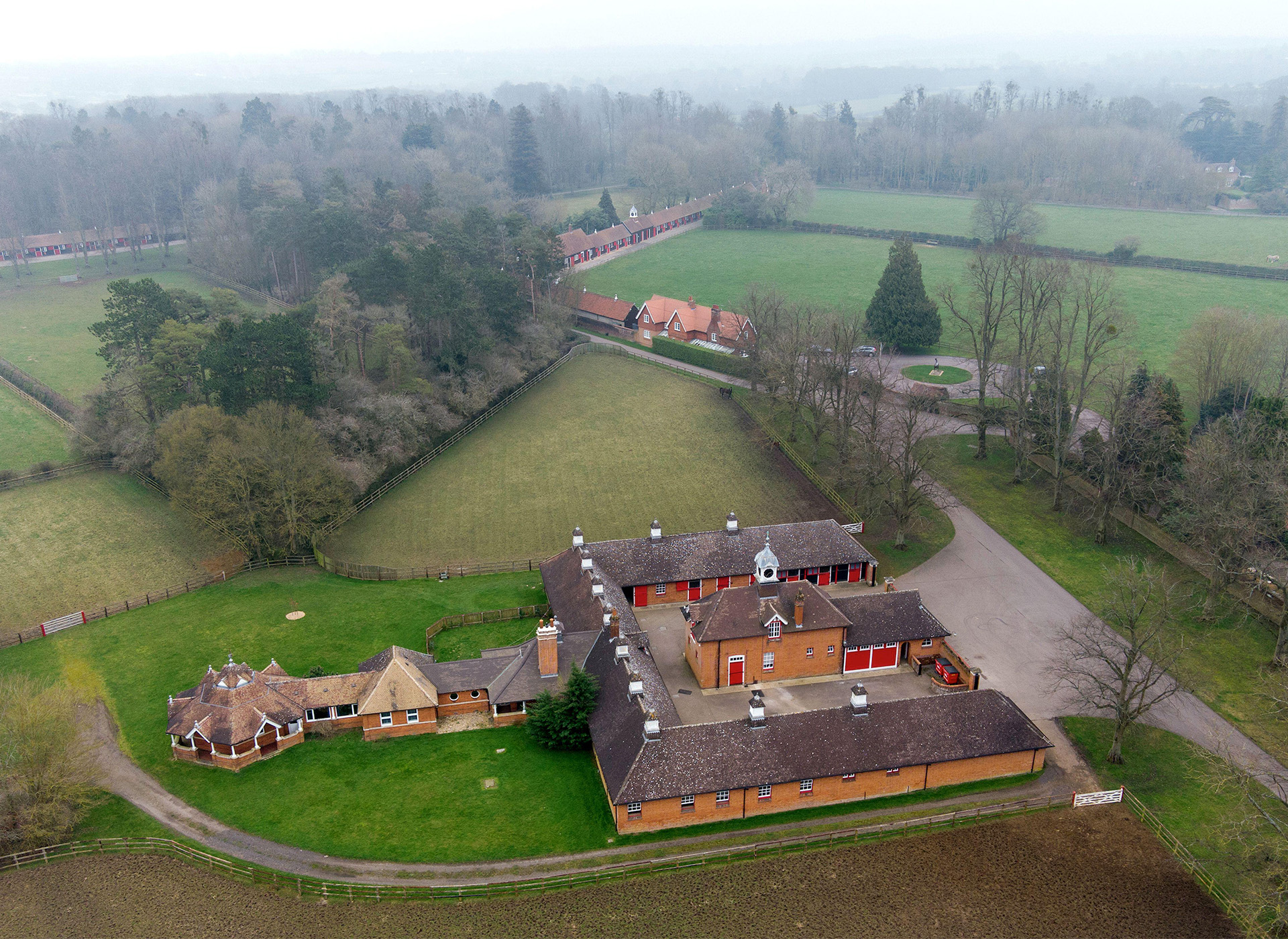
Cheveley Park Stud, Newmarket, UK. Image: Joe Giddens/Alamy
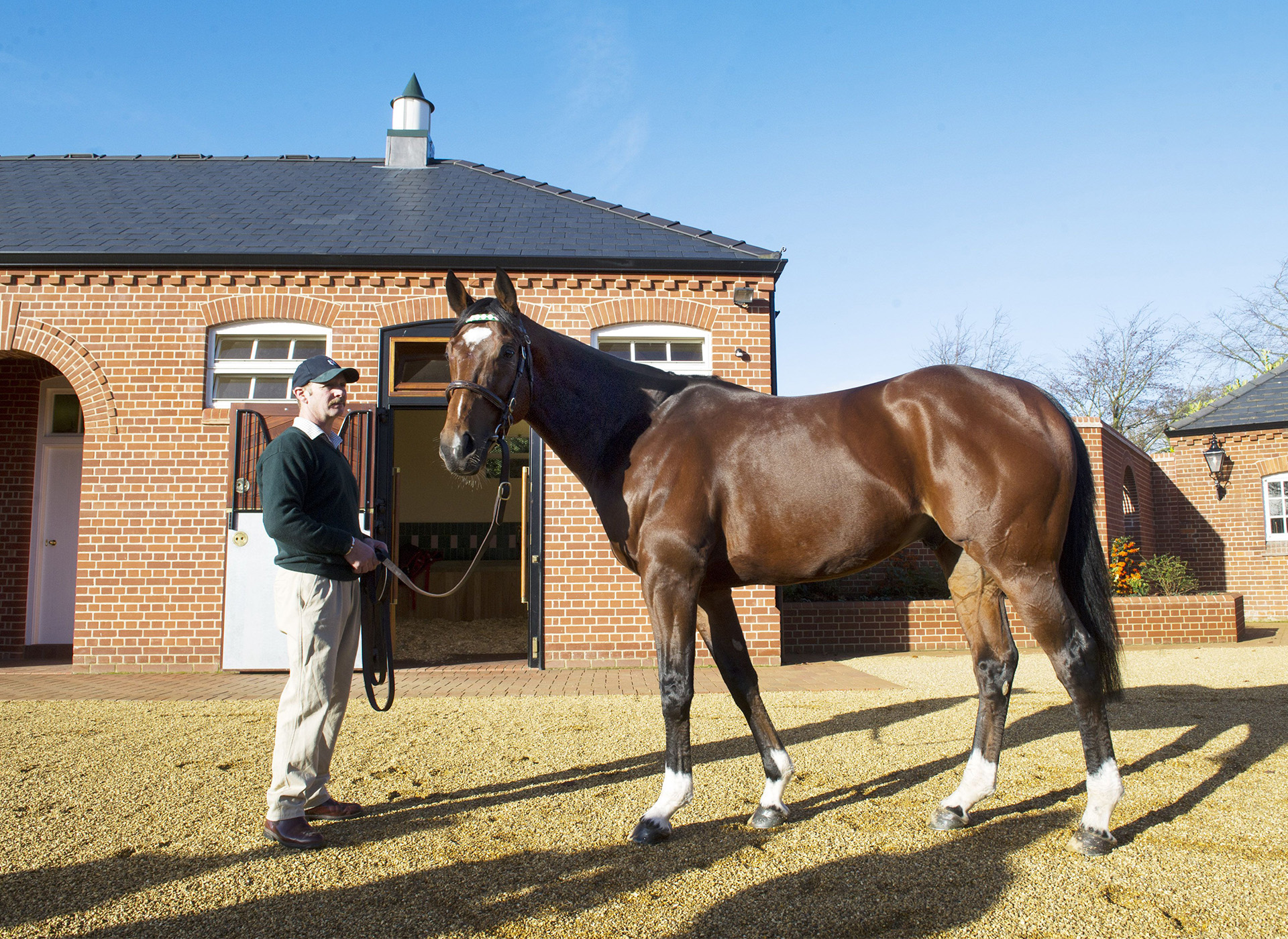
Banstead Manor Stud, Newmarket, UK. Image: Paul Grover/Shutterstock
Equestrian expertise
George has always ridden horses, but he cantered rather than galloped into this specialism. After leaving the army, he joined an estate agent in Mayfair before going to study land management at the Royal Agricultural College (now the Royal Agricultural University) in Cirencester.
He gained his RICS qualification during a subsequent stint back at the same agent, then in 1987 joined an equestrian property agency run by the late Christopher Stephenson. Five years later, he took the helm as director when Stephenson retired, changing the firm’s name to Windsor Clive International. Today, it handles the sale, purchase, letting and valuation of stud farms, training yards and equestrian centres, principally in the UK, Ireland and France.
“The agricultural and country house market is a crowded place so by moving into equestrian property I thought it was easier to be an expert in one field rather than a master of none,” he says.
Surveyors interested in breaking into this exclusive area of real estate need to be aware of its quirks and eccentricities. George describes his work as “feast or famine,” with the potential to make a dozen property sales one year, but almost none the next, with very few buyers and sellers in the market at any one time.
“To do this work you've got to know your way around the eventing world and get on with the people in it. It's much more of a people business than a property business,” he says, emphasising the importance of getting to know the movers and shakers in the market and anticipate what they're going to need, often before they know they need it themselves.
“Suppose we know a young racehorse trainer in a full training yard with 40 stables and 15 horses farmed out somewhere else. He's a man we approach saying ‘you need to move’ and we'll have an idea of where to put him,” says Windsor Clive.
Sales of commercial equestrian properties often occur on a private basis with confidentiality a major concern to the buyer or seller, making discretion a must for agents trying to steer a transaction. This introduces the paradoxical challenge of trying to market a property without publicity and without revealing key details one might ordinarily expect to see.
According to Windsor Clive, in the case of a stud farm, this could mean approaching a shortlist of people worldwide to gauge their interest in the type of property without telling them any specifics, even the location. “If any are interested I would approach the owner asking if it is okay to tell them the stud farm is for sale. The owner might say ‘don't tell him, I don't want him to know’. Secrecy is often more important than getting the best price.”
Difficult conversations with sellers can also emerge, some will have spent substantial sums of money creating their equestrian dream, only to find out the property is worth much less on the market.
“A smart stable barn could easily cost you £400,000 to build but the market says it's only worth £200,000,” says George, “Stud farms are exceptionally expensive things to build and run, the maintenance cost is enormous ... it is extremely rare for anyone to create one and then sell it for more than they've put into it.”
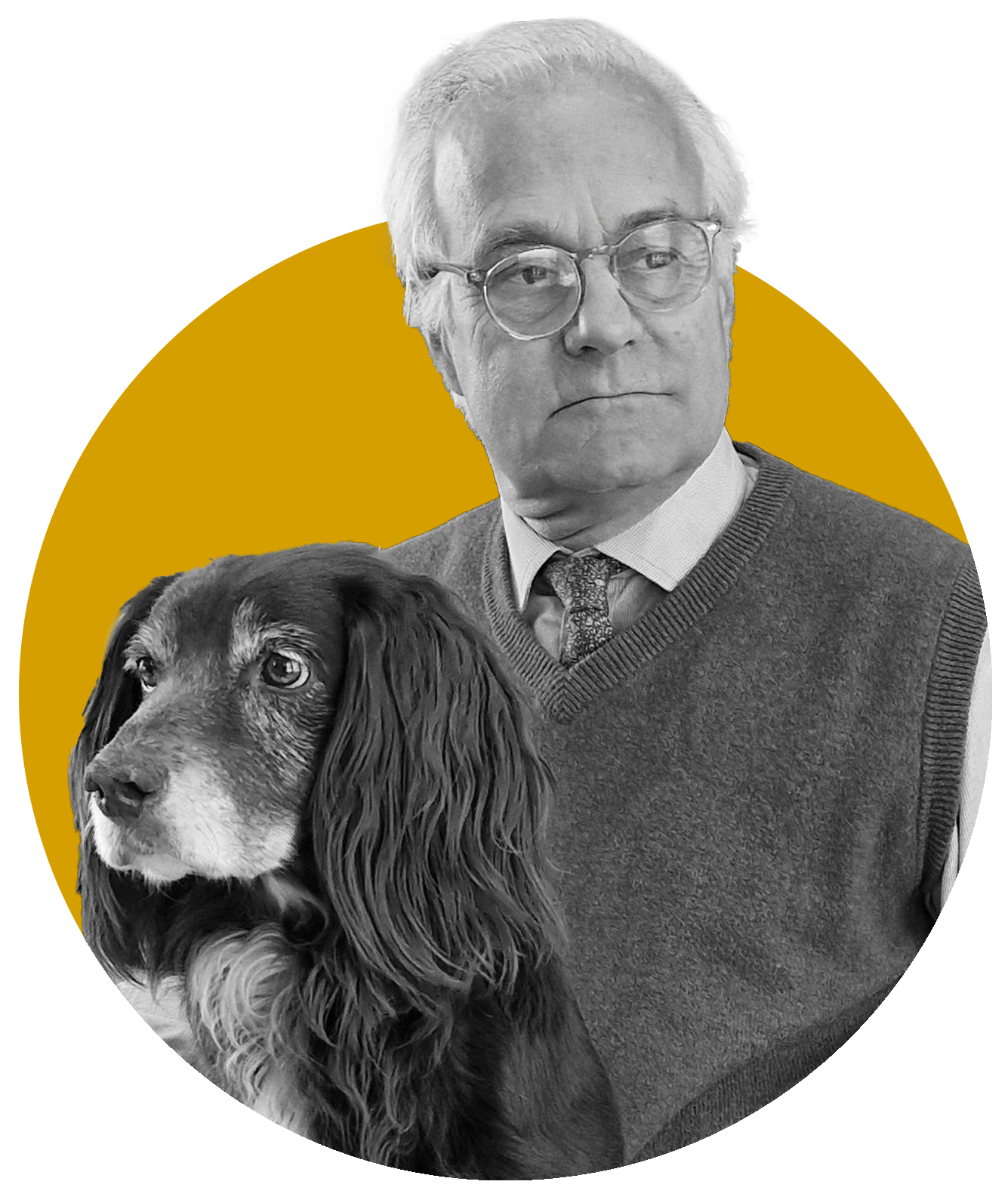
“It's much more of a people business than a property business” George Windsor Clive MRICS, Windsor Clive International
Sought after stud farms
Making accurate valuations can be a challenge due to huge variation in property types. “Sales of stud farms with their bloodstock in situ are interesting transactions – a complicated property, staffing, bloodstock valuations and careful value judgements come into play,” he says. A property might also have more buildings than are required to run a business, but with no obvious alternative uses, what value do you put on them?
The tricolon ‘location, location, location’ applies to equestrian property as much as any other, but with certain caveats. Buildings close to hubs for trading, training and racing horses, such as Newmarket in the UK or Deauville in Normandy, France, tend to be worth a lot more than those located further afield.
Sport horse events like show jumping or dressage tend to take place in large commercial arenas dotted around a country, making proximity to a specific site less important. “They only need to be well placed to get horses onto a lorry and then on the motorway – in the UK there's a concentration in Warwickshire in the Midlands,” he says.
A dearth of equestrian properties on the market means it can take a long time to find a buyer a property, particularly as many have quite specific requirements. Training yards need gallops, stud farms need railed paddocks and smart buildings, sport horse centres need arenas.
“Buyers who are lucky enough to find what they want usually need to bid well to get what they want,” says George, adding that when properties are available, buyers typically aren’t and vice versa, and such fluctuations make it difficult for him to plan ahead and maintain cash flow.
Nevertheless, Windsor Clive International has firmly made its mark in the sector, having jockeyed into position to negotiate the sale of some of the most famous training yards and stud farms, including Warren Place training yard in Newmarket; Newsells Park stud farm in Hertfordshire; and one of France’s thoroughbred farms, Haras de St Pair in Normandy.
One of the perks of the job, says George, is to visit these bucolic places and explore them on horseback. “Some French stud farms are lovely, I visited a former abbey in its own valley completely hidden from anywhere and surrounded by 200 acres of paddocks, it's just a dreamy place,” he says.
Who wouldn’t be chomping at the bit to experience that as a surveyor?


